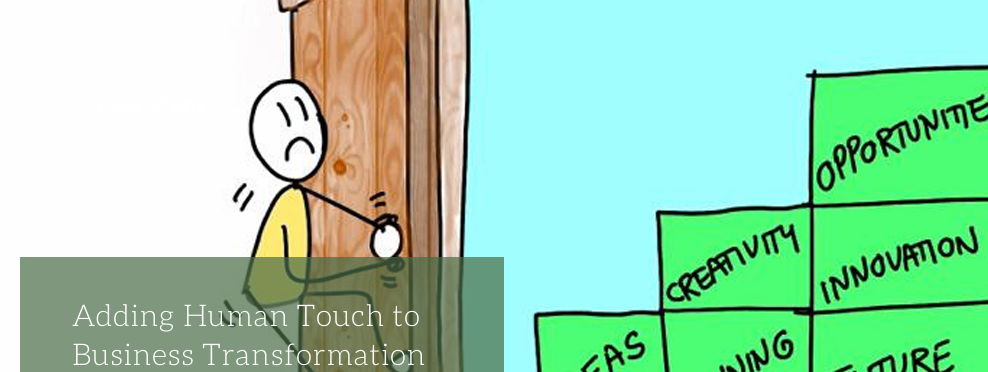Last week, I was invited to speak at ING Bank on how to add creativity and a human touch to ChatGPT content. The hour was filled with laughter, insights, and some Dutch leg-pulling. I used three parameters for the talk:
- How to use ChatGPT content for ‘customer service’
- How to use ChatGPT for ‘creativity and innovation’
- Who is more direct between a Dutch boss and ChatGPT?
One of the main insights I shared was how we can get addicted to finding quick solutions with a click of a button versus asking the right questions to get more insights. Sometimes it makes more sense to ask ChatGPT what questions I should ask to get more insights into this problem instead of asking what the solution to this problem is.
“We invited Saby to talk about ChatGPT as part of our FOCUS Fun event series, where we aim to combine learning with enjoyment for our employees at ING Wholesale Banking. Not only was Saby’s talk filled with fun and laughter, but it was also incredibly insightful and thought-provoking. In addition to practical tips on adding emotions and personalizing the output to convey the right feelings, Saby shared fascinating examples of what could go wrong if this is not done. The session was very well received by over 300 participants, both virtual and in-person.”
Sudhanshu Sawlani, Head of Intelligent Automation at ING Wholesale Banking
Here are the 5 things I suggested to add that human touch to ChatGPT content.
- Accuracy –
One of the most important things to do is check for accuracy. However, I have so far never been able to detect any information that came out of ChatGPT as incorrect; if you are asking open-ended questions, then there is a bigger chance that the answers may be too crazy.
Try asking ChatGPT for an alternate ending for the Game of Thrones show, and you will see some absurd situations. When using ChatGPT for creative purposes, it is important to check if the AI’s imagination is way out of reality or not.
PS: One of the alternate endings was that Cersi is now a motivational speaker.
2. Emotions to make the connection –
An AI-generated story will miss powerful emotions. It will not capture how happy, stressed, or excited you are. In my experience with ChatGPT, you will rarely come across words like “Trust me”, “I am on cloud nine,” or “We are all in this together”.
As a result, a story straight for ChatGPT will be factual but not inspirational. To make it inspirational, add emotions to the story that make your listeners or readers understand the state of mind and, hence, be able to connect with it.
3. Nothing connects better than personalization –
With a click of a button, ChatGPT does provide you with facts and researched content, but what it can’t provide is your opinion on a topic. A story is incomplete without your personal view or take on it. Remember to add your own feelings to the story, and then you are creating an authentic and original story that people will have more interest in.
For example, “I also have a personal connection to this topic because I have been working on it for the last 6 months,” etc. This element will add a human touch to your content.
4. Not every detail is necessary –
ChatGPT can provide you with facts and figures that support your argument or story. However, if you send all of that to your customer or stakeholders, you run the risk of overwhelming your reader or listener with so much detail and content.
Just because every detail is available at the click of a button doesn’t mean all of it is important. It is really important to tailor, share, and communicate only the essential details. If you overwhelm your stakeholder, then you will see they aren’t able to trust themselves to make a decision. They will kick the can down the road. As the owner of the content, it is your responsibility to make sure they get only the necessary and precise information.
5. Conveying feelings is important –
Every message or text gives the reader a feeling about the mood of the sender. A lot of times, it is accurate, and a lot of times, it isn’t accurate. When someone sends your AI-generated text, there is a chance they might find your response very lukewarm, stoic, and rude, and all you were trying to do was be factual. This is an important layer to add to the text at the start, especially so you convey the right feelings to your reader.
Let me know how you use ChatGPT content at work and how you would add that human touch to the content.



